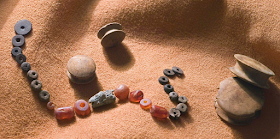Easton, in the east of the city, has a lot of stuff by less well-known artists scattered through its alleyways and corners. These two pieces have appeared on walls around Bellevue Road.
I like them, especially as to my eye they bring together woodworking and street art!




































